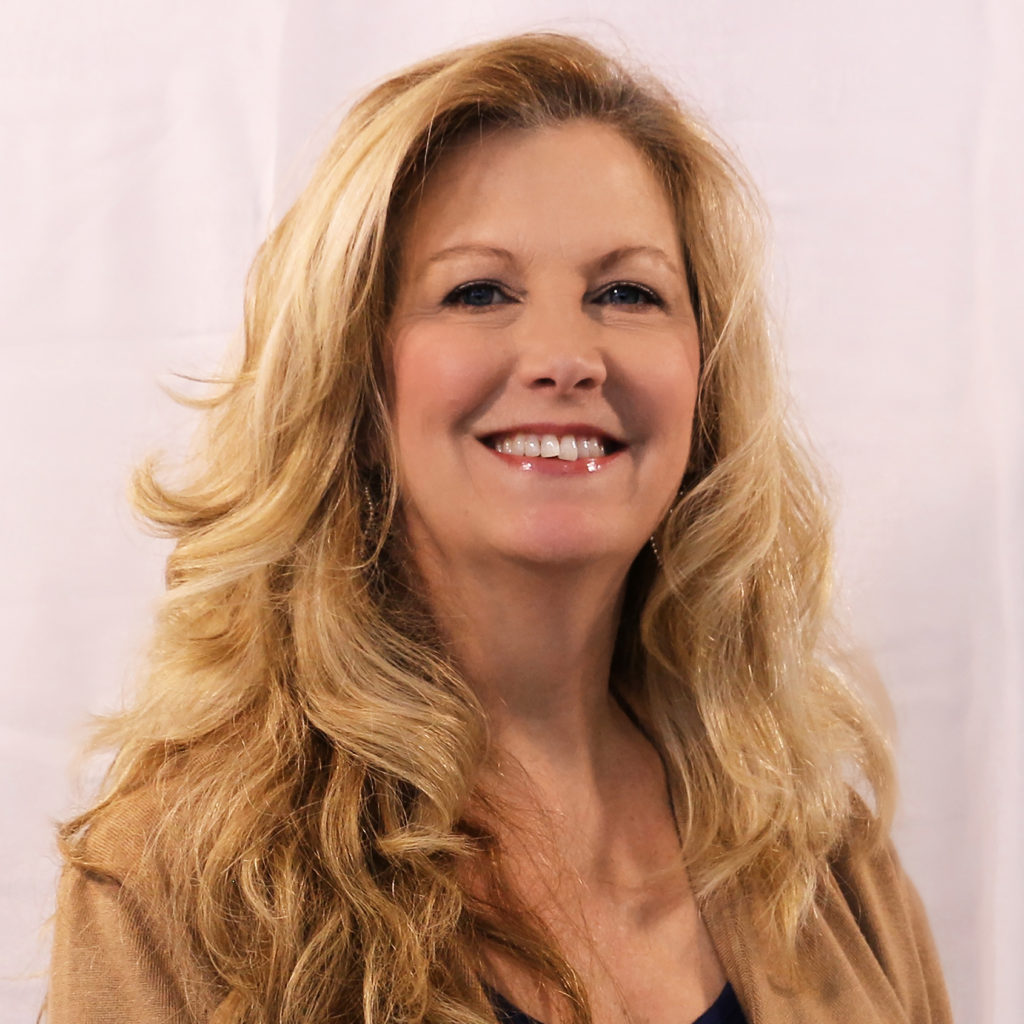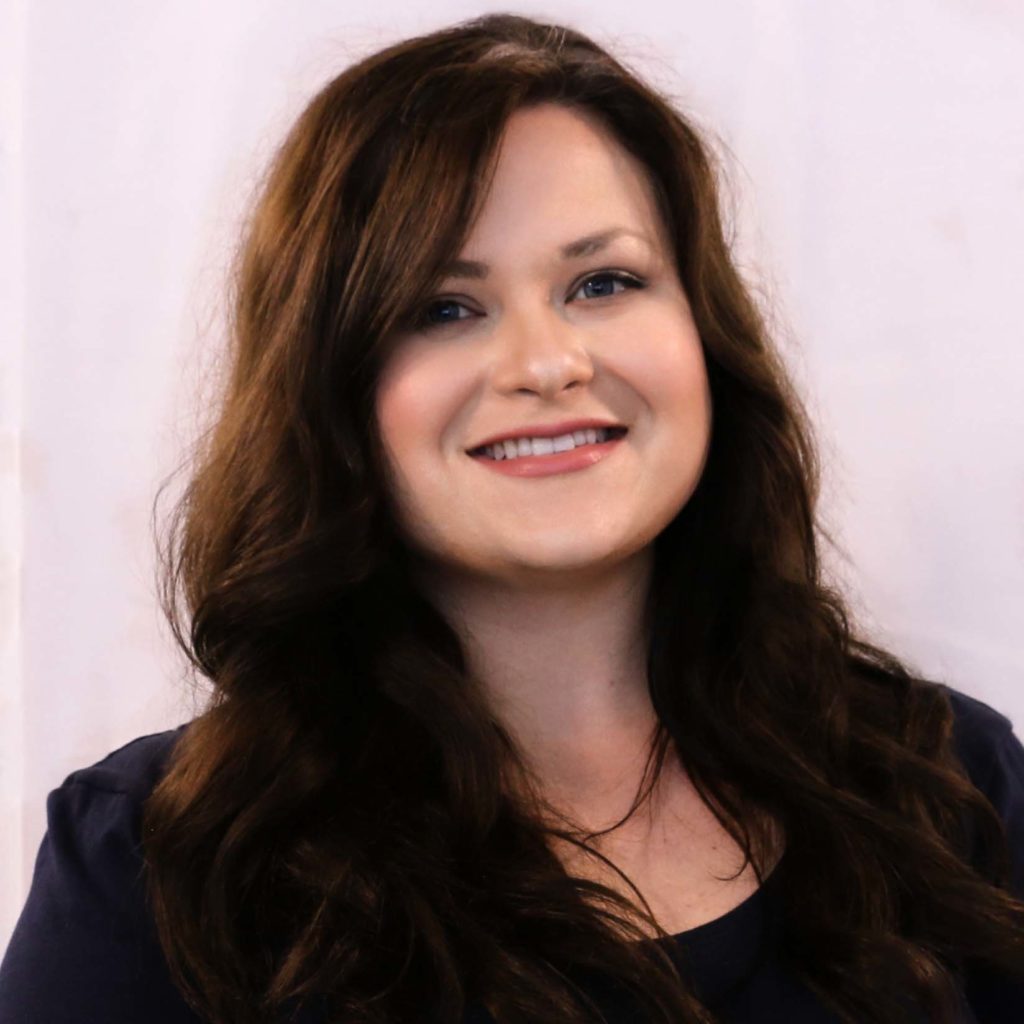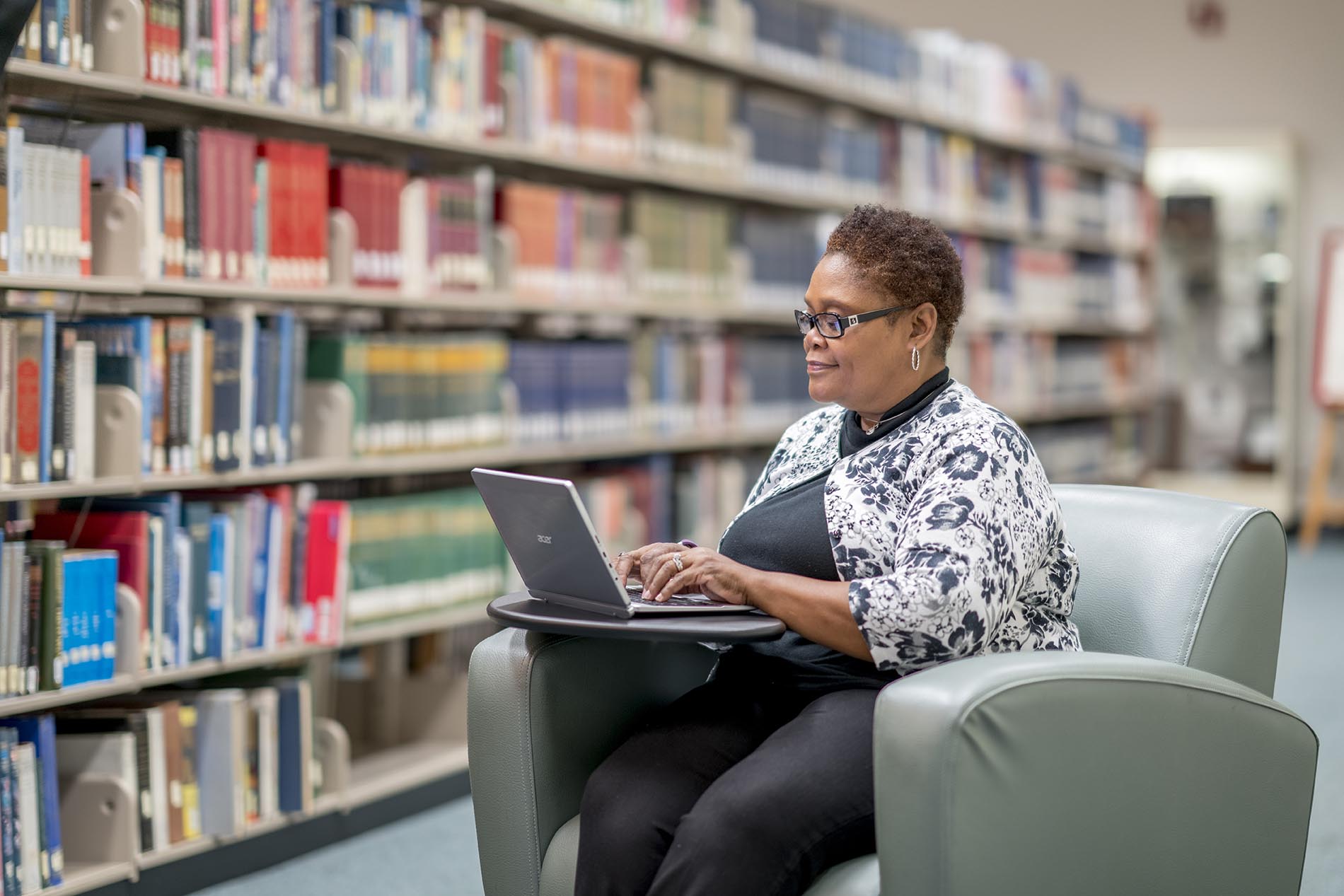How do students approach assembling a PLA portfolio? A central challenge in this process is for students to provide documentation (the “proof”) that demonstrates an appropriate balance between theoretical learning and practical application.
That is, students, must be able to separate and examine the “doing” (the experience) from its result (the learning that occurred). In other words, it is not enough to have simply done something well – it is necessary to know why certain actions were successful (e.g., produced results) and what learning occurred – how did one’s understanding grow, change or become more complex through the course of their experience.
As a student begins to develop their portfolio, the following key questions may be useful.
- Did my experience produce significant learning at the college level?
- Does my experiential learning apply to my academic goal?
- Can I document my experience and extract from its clear statements of learning?
- Am I prepared to spend my time and effort gathering, organizing, and interpreting materials needed in a portfolio? Students must be self-directed, committed to the task, and willing to work independently.
- In what ways did your experience promote or modify your understanding of the subject?
- What were the different parts or pieces of the experience and how did they contribute to your understanding?
- What kind of choices did you make throughout the experience and how did these choices affect what you learned, “found out”, or discovered about your subject?
- What do you know about the subject that someone without the experience might not know?
- What have you learned through your own initiative – reading, talking to people, doing? What do the experts say and does your experience to support this information or not?
The completion of a successful portfolio will allow the student to:
- Identify areas of competency for which they would like to document learning.
- Demonstrate knowledge equivalent to that gained through college-level study.
- Carefully reflect and document experience to provide proof that learning occurred.
- Accept the portfolio assessment process as a rigorous, authentic undertaking and not an “easy way to earn credits.”
In order to minimize frustration for the student or faculty, it will be to the benefit of all involved to fully understand the criteria for portfolio assessment, including an understanding of the standards to which students will be held as they document their learning. It must be strongly emphasized that it is not the experience itself that justifies credit, but rather the learning that occurs from the experience. How learning is documented and proven is the crux of the portfolio assessment process.

Felicia Mucci
Director, Adult Learner Services Office- Phone:256-233-8281 Phone:256-233-8281
- Email:Felicia.Mucci@athens.edu
- Department:Adult Learner Services Office
- Office:
Chasteen Hall

Kayla Kohanek-Tankersley
Adult Learner Services Office Advisor- Phone:256-233-8280 Phone:256-233-8280
- Email:Kayla.Kohanek-Tankersley@athens.edu
- Department:Adult Learner Services Office
- Office:
Chasteen Hall
